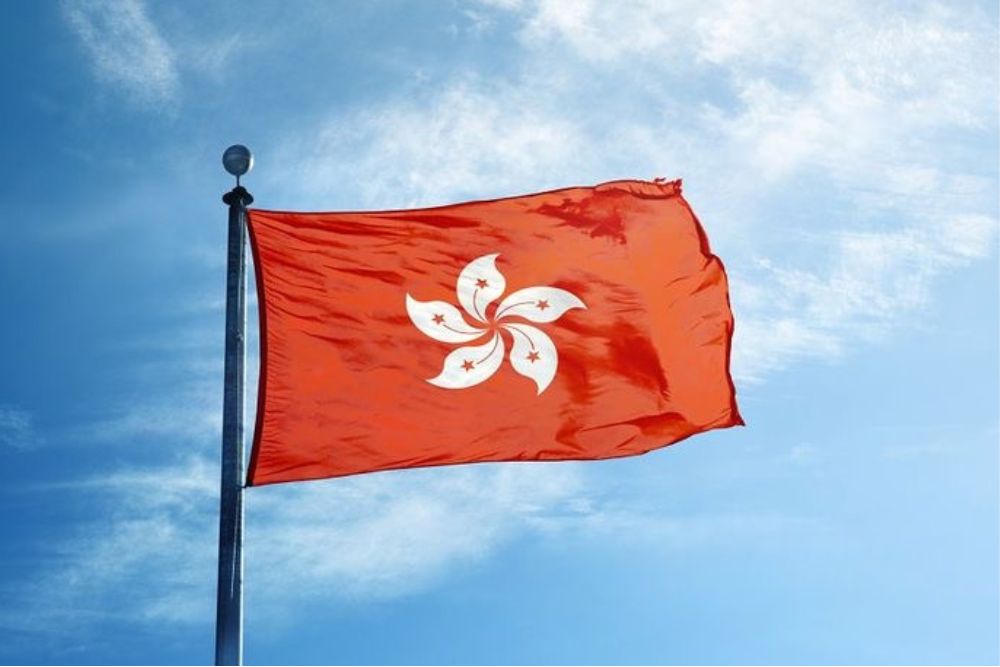IDA seeks to enhance the efficiency of cross-border trade through blockchain technology.
IDA, a leading crypto firm based in Hong Kong, has successfully raised $6 million from a funding round to launch HKDA, the city’s first stablecoin.
Boosting Efficiency in Cross-Border Trade
According to a recent announcement, IDA revealed that the newly acquired funds will be allocated to creating HKDA, a fiat-backed stablecoin. Notable backers of this funding round include Hack VC, Yolo Investments, Chorus One, and Raj Gokal from Solana.
HKDA marks IDA’s debut into the fiat-backed stablecoin sector, although a precise launch date is yet to be determined. Lawrence Chu, co-founder and CEO of IDA, noted that the stablecoin market, valued at around $170 billion, could surpass $3 trillion in the next five years.
Chu further highlighted that the swift growth will significantly boost the role of stablecoins within the broader crypto asset landscape. IDA aims to improve cross-border trade efficiency through blockchain technology.
Sean Lee, co-founder and CSO of IDA, also noted that the company’s primary objective is to promote widespread adoption and facilitate smooth integration for businesses transitioning between Web2 and Web3. To reach these objectives, IDA is working closely with the Hong Kong Monetary Authority (HKMA), the Financial Services and the Treasury Bureau (FSTB), and other local partners to launch regulated stablecoins in the region.
Increase in Stablecoin Adoption
As digital currencies become increasingly popular, stablecoins have experienced notable expansion. According to Forbes, the stablecoin market has a total capitalization of approximately $171 billion. Tether (USDT) holds the largest share at $118.27 billion, with USDC coming in second at $34.77 billion.
The latest development comes after Tether recently announced plans to launch a new stablecoin pegged to the UAE dirham (AED). In collaboration with Phoenix Group PLC and Green Acorn Investments, this project will provide a stable and transparent digital asset supported by liquid reserves in UAE dirhams. This new offering is similar to the current USDT, pegged to the U.S. dollar.
Find Cryptocurrencies to Watch and Read Crypto News on the Go Follow CryptosToWatch on X (Twitter) Now

